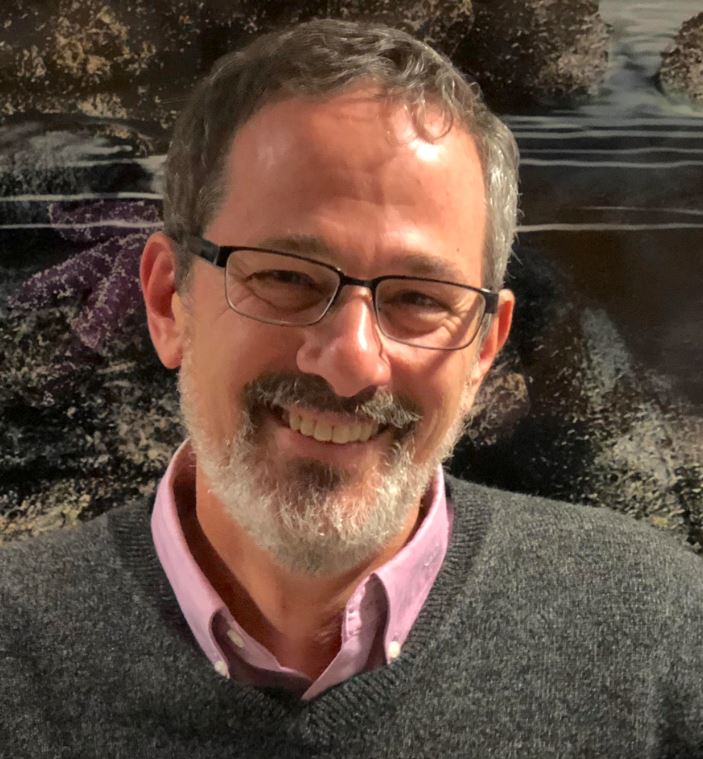
The 19th century physicist, Johann Philipp Gustav von Jolly, is quoted as telling Max Planck “…in this field, almost everything is already discovered, and all that remains is to fill a few unimportant holes.” Ironically, Planck’s work would help move the field from Newtonian dynamics to Quantum physics. I am fond of saying that neuroscience is in its Newtonian phase; we know all of the parts and how they work. We can explain how photons excite opsins in photoreceptors and how retinal ganglion cells convey the information to the thalamus and how it is transformed in cortex. We know how shapes and colors are encoded by the firing of particular neurons in particular parts of the brain. But we fail to have an explanation about how that activity causes you to have the experience you are having. We don’t know why red has a different quality from blue.
Similarly, we know how sound waves are transduced into electrical potentials and how the the signals reach the temporal lobe of cortex, but we can’t explain how that leads to an emotional response when a symphony by Mozart is played. We don’t even know why cinnamon smells so good in the morning.
Unlike von Jolly, we are not under the illusion that we just need to make a few more measurements and we’ll understand these mysteries. We know that we are missing something fundamental to go from the electrochemical signaling in the brain to the experience that you are having right now reading this. Conscious experience requires the brain and its parts, but is an emergent property that is not simply the sum of its parts.
Neuroscience needs an insight like Einstein’s Theory of Relativity to help us out of our Newtonian phase. Einstein derived his Theory from “thought experiments” (Gedankenexperimenten). He imagined what it would be like to be chase a beam of light. Neuroscience needs “thought experiments” to imagine what a thought is.
